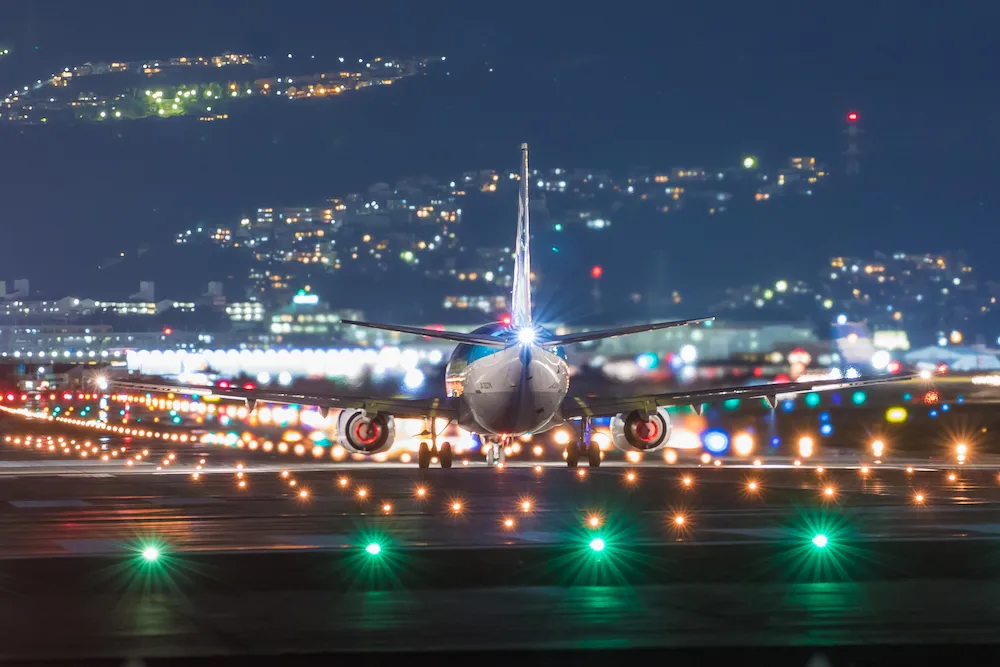
Smart lighting systems are playing a crucial role in modern aviation, providing increased visibility, improved safety, and operational efficiency. As technology continues to evolve, airports and aircraft manufacturers are integrating advanced lighting solutions to optimize performance while ensuring compliance with safety regulations.
How smart lighting systems improve aircraft safety
The aviation industry relies on well-designed lighting systems to guide pilots, ground crews, and air traffic controllers. Properly implemented lighting solutions, including Aircraft Warning Lights, help prevent collisions and enhance visibility in low-light or adverse weather conditions.
The key safety advantages of smart lighting systems include:
For official aircraft lighting safety regulations, visit FAA - Aircraft Lighting and Safety Regulations.
Energy efficiency and operational benefits of smart lighting in aviation
Smart lighting systems offer more than just safety; they also contribute to energy efficiency and lower operational costs. Airports and airlines are increasingly adopting LED-based lighting solutions and automation to improve overall efficiency.
Key benefits include:
For industry guidelines on aviation safety, visit International Civil Aviation Organization (ICAO) - Aviation Safety.
Future trends in aircraft smart lighting technology
Advancements in smart lighting systems continue to shape the future of aviation. Some key developments include:
Upgrade to smart lighting solutions today
As aviation technology advances, smart lighting systems, including Aircraft Warning Lights, are becoming a crucial part of ensuring safety and efficiency. Implementing these solutions can help reduce energy costs, improve visibility, and enhance overall flight operations.